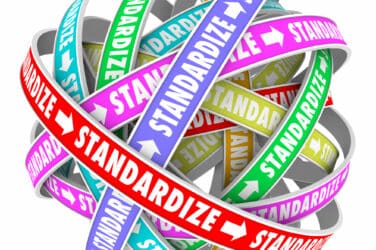As the Investor Exchange managed to carve out market share of about one and a half percentage points in September, it raises the question: Is that enough to signal long-term viability as a dedicated equities exchange?
The short answer is no. But, at the same time, one month is way too soon to draw any conclusions.
IEX’s future will depend on whether it can build market share in the coming quarters and even years. “If the exchange plateaus at a 1.7% market share then that leaves a big question,” said Valerie Bogard, an analyst with industry research firm Tabb Group.
If market share right out of the gate was a top priority for IEX, “the design of our market would be very different,” said an IEX spokesperson. “We would pay rebates and we wouldn’t introduce solutions like Discretionary Peg or the Speed Bump because all of those things actually hurt our market share today, but we think they will help us in the long run by improving our market’s quality.”
The IEX business model also created a longer sales cycle for the exchange as it works with broker-dealers and the buy side to understand the options that the IEX provides, he added.
Justin Schack, managing director and partner at Rosenblatt Securities, believes that it is far too early to jump to a conclusion.
“IEX is now making this transition from dark liquidity pool to an exchange that still has a vast majority of its volume as dark,” he explained. “If you look at its stats, IEX’s market share has picked up a little bit in the last week or so but it was flat or down during the first few weeks of its transition, and the percentage of volume coming from displayed quotes is more than two times higher, to around 25 to 30%.”
Displayed liquidity is approximately 26% of IEX’s total volume, according to the company spokesperson.
“That is still much lower than other exchanges who are, in most cases, 80 to 90% displayed,” he acknowledge. “Since we are only one month into this, we don’t have a specific target ratio in mind but we expect that number to continue to grow.”
In the meantime, it also may take broker-dealers to update their smart order routers to reflect IEX’s exchange status, noted Schack.
“A lot of the largest brokers tend to group venues into lit and dark for various reasons,” he said. “I think a lot of them thought of IEX as a dark liquidity pool and now they are looking at it as an exchange. They might be classifying it differently in their routing logic and that could be affecting how many orders are going to IEX.”
More on Exchanges:






